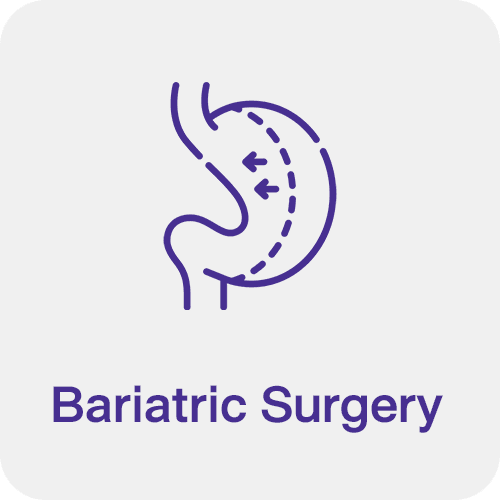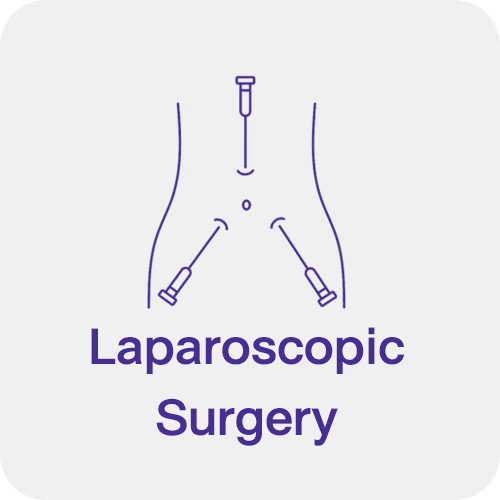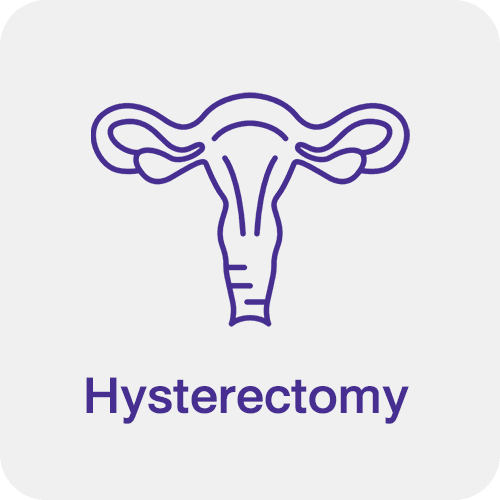WIH International Hospital
Anterior Cruciate Ligament (ACL) Reconstruction Surgery (minimally invasive surgery)
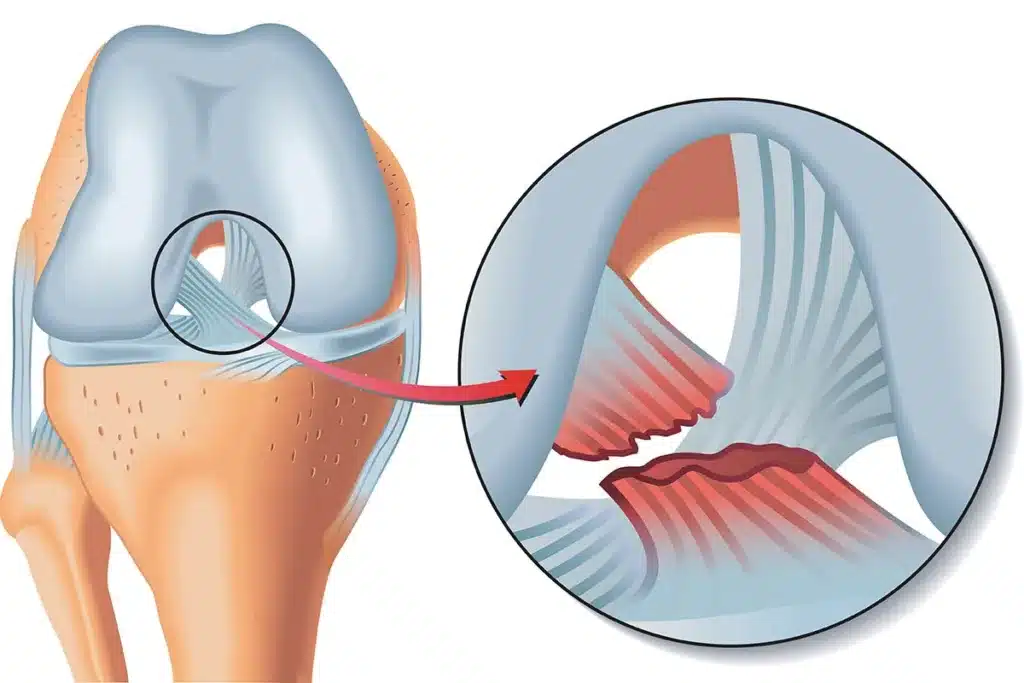
What is Anterior Cruciate Ligament (ACL) Tear?
An anterior cruciate ligament (ACL) tear is a condition where the ACL, an essential ligament in the knee, is injured or torn. The ACL plays a crucial role in stabilizing the knee, controlling movement, and preventing rotational instability during various activities, making it vital for walking, daily activities, and sports. ACL injuries are common and can occur in individuals of all ages, especially among athletes.
Causes of ACL Tear
The most frequent cause of an ACL tear is related to sports injuries, often due to sudden stops, jumps, or changes in direction. Other common scenarios include:
- Sports: Activities such as football, basketball, soccer, and skiing, where abrupt movements are frequent.
- Accidents: Falling, stumbling, or any unexpected twist or impact can also lead to an ACL injury.
Symptoms of ACL Tear
The signs and symptoms of an ACL tear can include:
- A popping sound at the time of injury, similar to something tearing.
- Swelling in the knee within hours due to internal bleeding.
- Severe pain in the knee area.
- Difficulty bearing weight or performing regular activities.
- Long-term instability in the knee, often feeling like it might give way during twisting or running.
ACL Reconstruction Surgery
When conservative treatments are insufficient, surgical intervention is often required. The current trend is to use Minimally Invasive Surgery (MIS) for ACL reconstruction. This technique involves creating small incisions (1-2 cm) through which surgical instruments and a camera are inserted, allowing the surgeon to visualize the inside of the knee without making large incisions.

Benefits of Minimally Invasive Surgery:
- Less Pain: Smaller incisions typically result in less postoperative pain.
- Faster Recovery: Patients often experience quicker recovery times compared to traditional open surgery.
- Reduced Complications: MIS reduces trauma to surrounding tissues and organs, minimizing complications.
- Clear Visualization: High-definition cameras provide enhanced visibility of the surgical site.
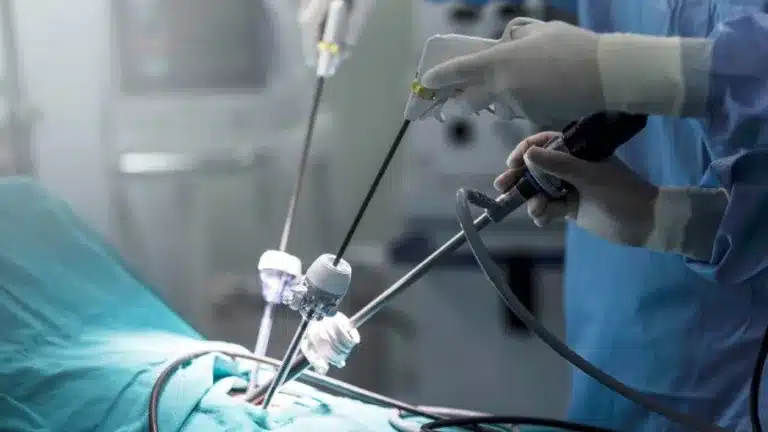
Pre- and Post-Surgery Guidelines
Before the surgery:
- Quit Smoking: At least one month before surgery, as smoking can impede healing and recovery.
- Avoid High-Risk Activities: Refrain from activities that involve twisting or heavy exertion on the knee.
After the surgery:
- Recovery Timeline:
- Day 1: Use crutches and a knee brace.
- Week 2: Discontinue crutches.
- Month 3: Stop using the knee brace.
- Month 3-9: Engage in physical therapy tailored to specific activities and sports.
- Month 9: Return to playing sports as tolerated.
This comprehensive approach ensures proper healing and helps restore full function to the knee, allowing individuals to return to their active lifestyles.



